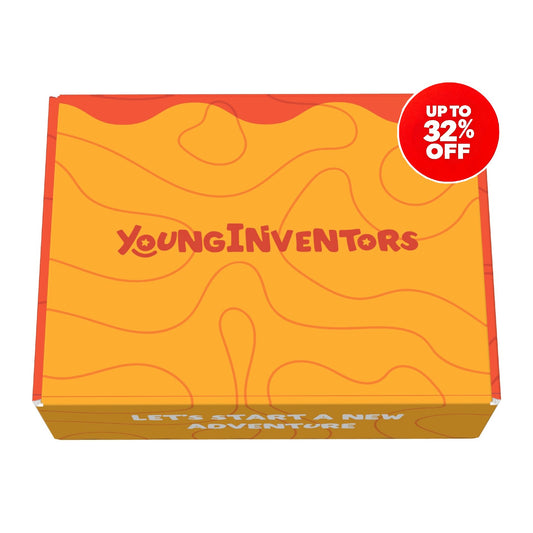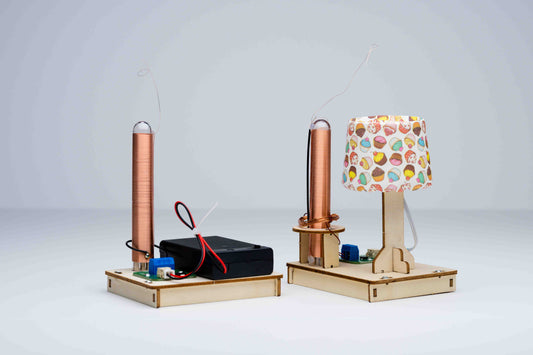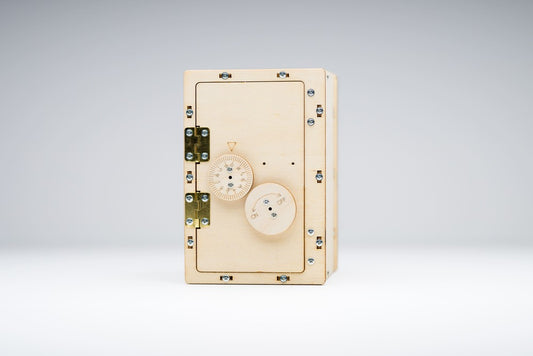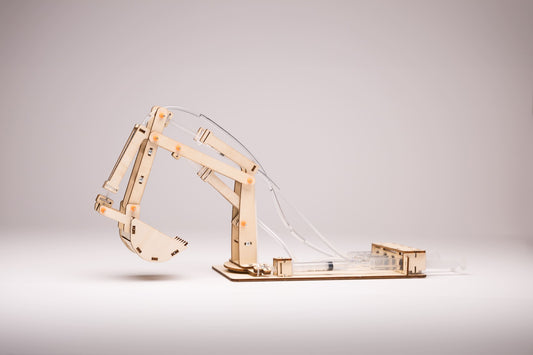Encouraging curiosity and fostering a love for science, technology, engineering, and mathematics (STEM) is more fun than ever with Young Inventors kits. These DIY kits are not only entertaining but also educational, providing children aged 8 to 14 with hands-on learning experiences right in the comfort of their home. Here are the top 5 STEM experiments you can do at home using the Young Inventors kits, each designed to spark enthusiasm and teach core STEM concepts.
1. Building a Simple Electric Circuit
- Objective: Learn about electrical engineering by creating a simple circuit.
- Kit Contents: Batteries, wires, LED lights, switch, and buzzer.
- Experiment Overview: This experiment teaches basic electrical concepts by allowing kids to construct a circuit that powers an LED light. Once they master this, they can experiment by adding a switch to control the light or a buzzer for an audible output, learning about open and closed circuits in the process.
2. Homemade Volcano Eruption
- Objective: Understand chemical reactions and geological phenomena.
- Kit Contents: Baking soda, vinegar, food coloring, and a plastic volcano model.
- Experiment Overview: Kids can use the classic combination of baking soda and vinegar to create an explosive chemical reaction in their very own volcano model. This experiment is not only visually spectacular but also a great opportunity to discuss the science of volcanoes and chemical reactions.
3. Solar-Powered Oven
- Objective: Explore renewable energy and solar power.
- Kit Contents: Cardboard box, aluminum foil, plastic wrap, black construction paper, and a thermometer.
- Experiment Overview: This experiment involves constructing a small oven that uses solar power to heat up. Kids can learn about the principles of solar energy, insulation, and the greenhouse effect as they attempt to melt s'mores or cook a simple snack.
4. Water Filtration System
- Objective: Investigate environmental engineering and sustainability.
- Kit Contents: Gravel, sand, activated charcoal, cotton balls, coffee filters, and plastic bottles.
- Experiment Overview: Children will build their own water filtration device using common materials. This experiment not only teaches about water pollution and the importance of clean drinking water but also demonstrates how different materials can remove various impurities from water.
5. Crystal Growing Challenge
- Objective: Learn about saturated solutions and crystal formation.
- Kit Contents: Salt, sugar, alum, petri dishes, magnifying glass, and food coloring.
- Experiment Overview: Growing crystals from different substances allows kids to explore supersaturated solutions and the geometric patterns that emerge during crystal growth. They can experiment with variables like temperature and concentration to see how these affect the size and shape of the crystals.
Engaging Young Minds
These experiments from Young Inventors not only provide fun and education but also encourage children to ask questions, solve problems, and apply their knowledge in creative ways. Each kit comes with detailed instructions and scientific explanations, making it easy for kids to conduct these experiments safely and gain the most from their experiences.
By engaging with these hands-on projects, young learners can see the real-world applications of the STEM subjects they learn in school, enhancing both their academic skills and their enthusiasm for science and technology. Get your Young Inventors kit today and start exploring the wonders of STEM!





